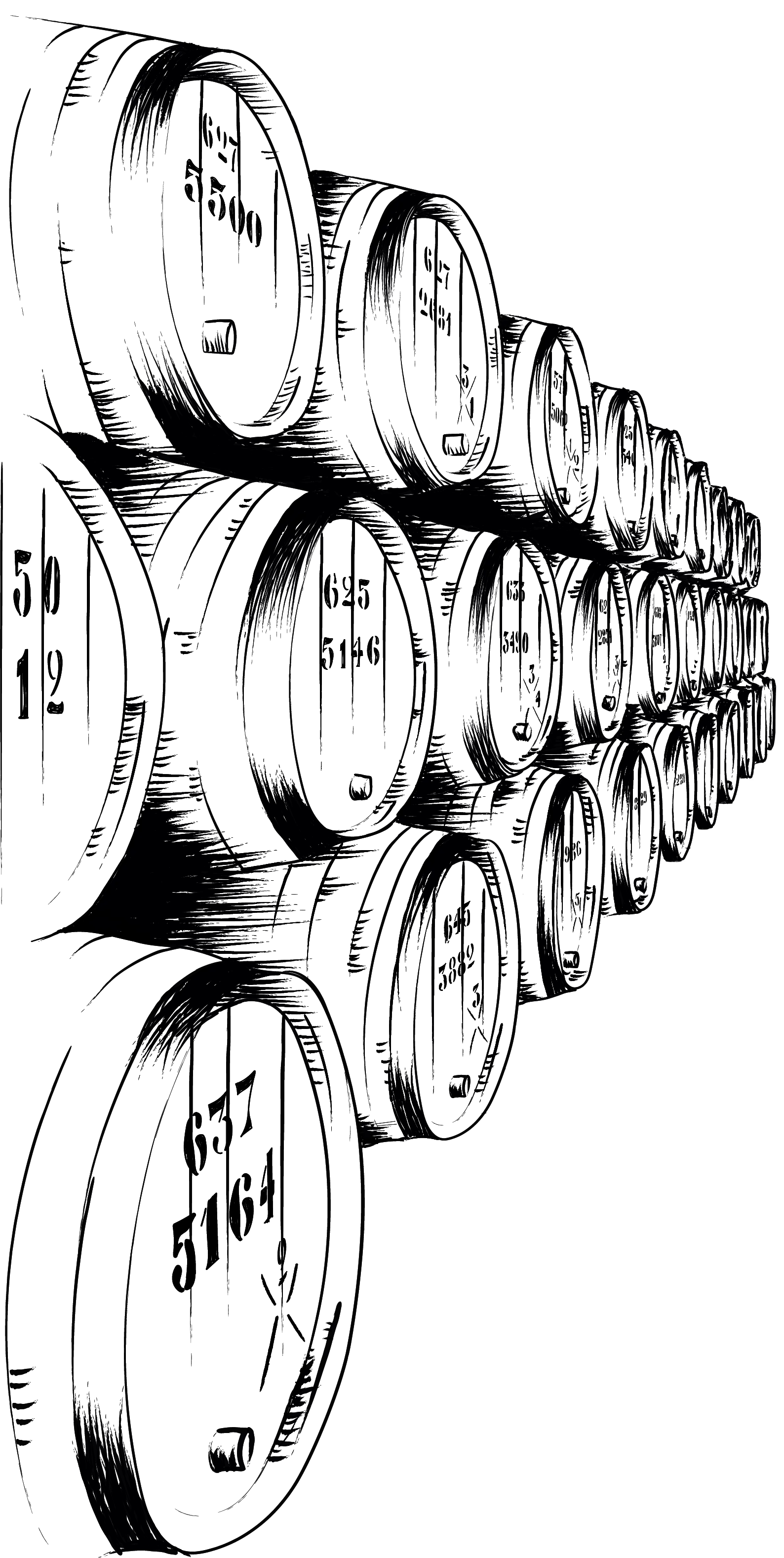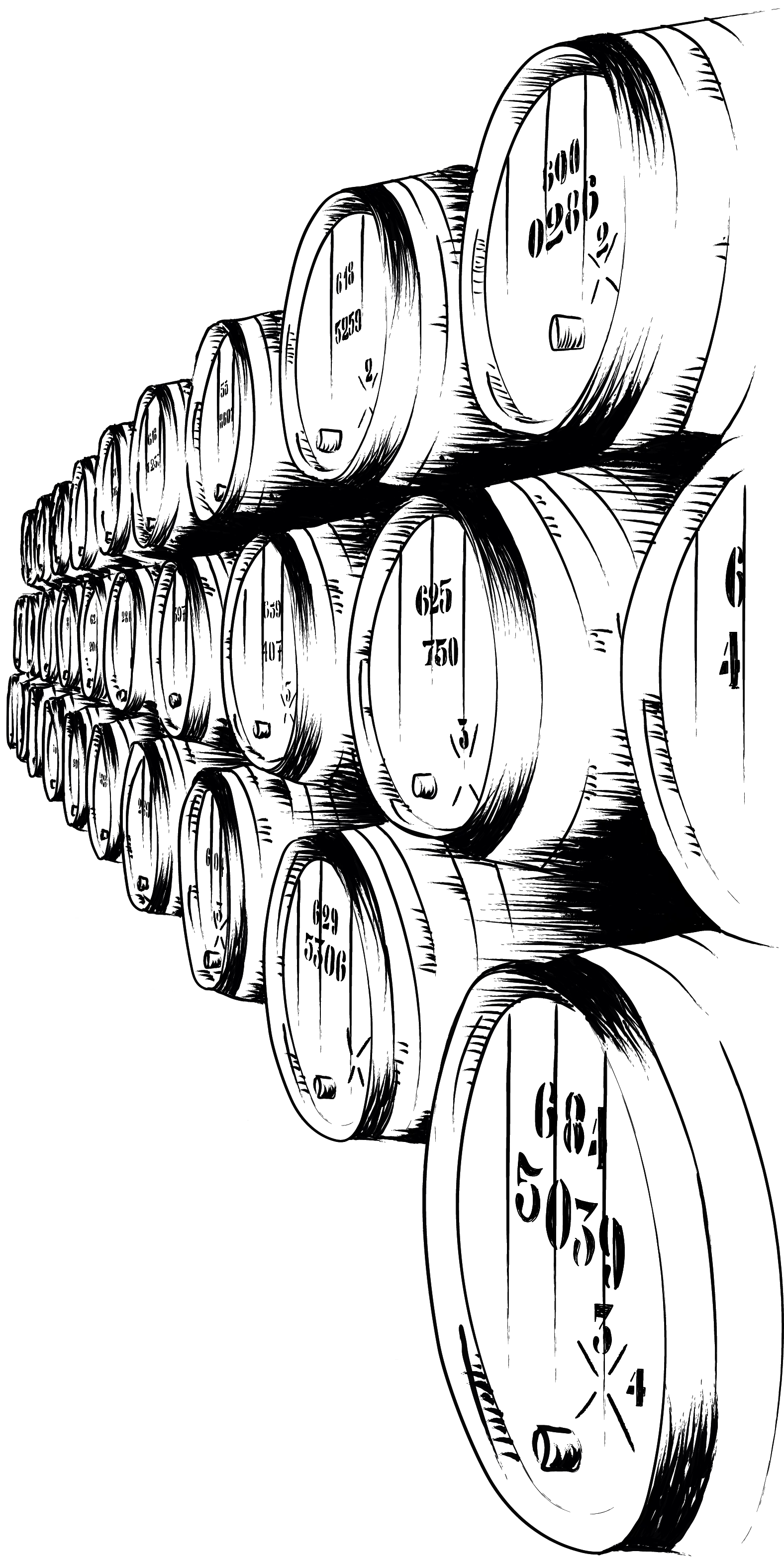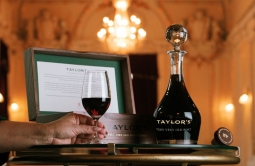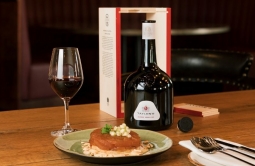Cachão da Valeira
Until the end of the 18th century the Cachão da Valeira, or Valeira Gorge, was the easternmost limit of navigation on the Douro River. The gorge was blocked by massive outcrops of rock which formed a waterfall and prevented boats from travelling upstream into the eastern reaches of the Douro. The work of demolishing the rock and opening the gorge to navigation began in 1780. The first vessels were able to pass through the gorge in 1789 and the work was finally completed in 1791. The opening of the Cachão da Valeira to river traffic allowed viticulture to develop in the eastern reaches of the Douro, which became known as the Douro Novo or 'New Douro'. It is now known as the Douro Superior, or 'Upper Douro' and is the location of some of the finest Port estates including Taylor's Quinta de Vargellas. Until the building of the Valeira dam in 1976 just downstream from the gorge, the Cachão da Valeira was one of the most dangerous points on the Douro River. It is infamous as the place where Baron Forrester, a prominent figure in the history of Port, was drowned in 1862 when his boat was wrecked as it travelled downstream through the treacherous fast running rapids of the gorge.
Canada
See Traditional measures.
Cask
A cask is a barrel used to age Port wine. Casks usually hold around 630 litres of wine but this can vary. Today all casks are made of oak. They are seasoned before being used to age the Port so that the wood does not impart too strong a flavour to the wine. See also 'Traditional measures'.
Chalk mark
The chalk mark, sometimes known as the splash mark, is a dash of white chalk or paint placed on the side of a bottle of Vintage Port to show in which position it was stored in the Port house's cellar. Bottles of Vintage Port should be stored lying down to keep the cork moist. The chalk mark is placed on the upper side of the bottle. Any sediment which forms in the bottle will therefore settle on the side opposite to the chalk mark. This is useful information when decanting a bottle of Vintage Port. If the bottle is held with the white mark uppermost, there is less likelihood of the sediment being disturbed. If there is no white mark, as is often now the case, the bottle should be held with the label uppermost.
Cima Corgo
See 'Sub Regions'
Colheita
Colheita is the Portuguese word for a harvest. It is also the name given to a small category of Ports which are aged in wood and bear the date of the harvest on the label. These dated wood Ports should not be confused with Vintage Ports.
Cooper
A cooper is a person skilled in the making and repair of wooden casks and vats. The workshop in which the coopers build and maintain these wooden vessels is known as a cooperage. The skill of cooperage is often passed down from father to son within the same family.
Corte
See 'Treading'.
Crust
See 'Sediment'.
Crusted
Crusted Port is a full bodied red Port which has formed a sediment or 'crust' in the bottle. Like a Vintage Port, Crusted Port will improve in bottle. Unlike Vintage, however, it is usually blended from wines of more than one year and does not bear the vintage on the label. Crusted Port is a very small category of Port and not many houses produce it. In the past Crusted was also sometimes referred to as Crusting Port but this name is no longer used.


discover more



